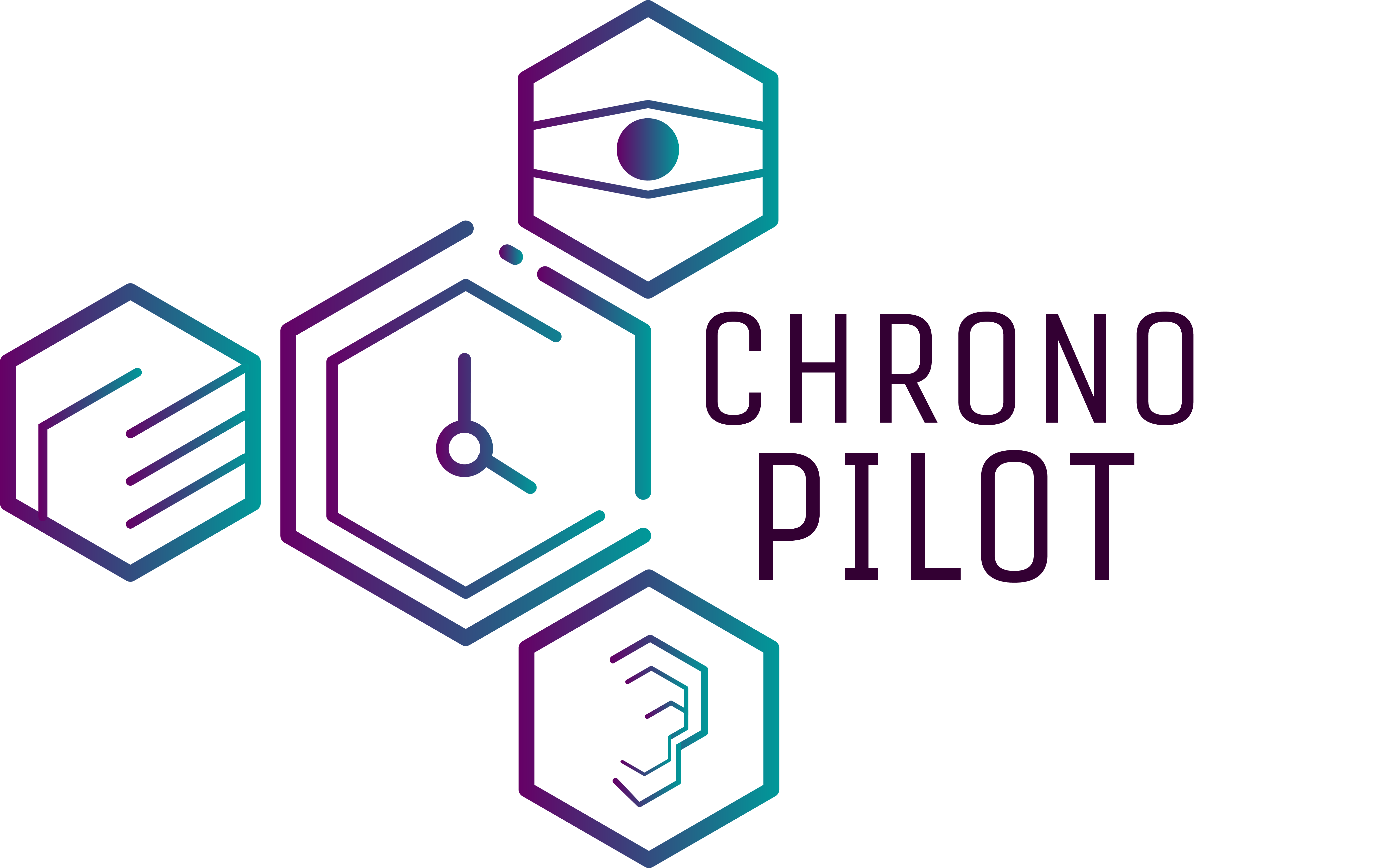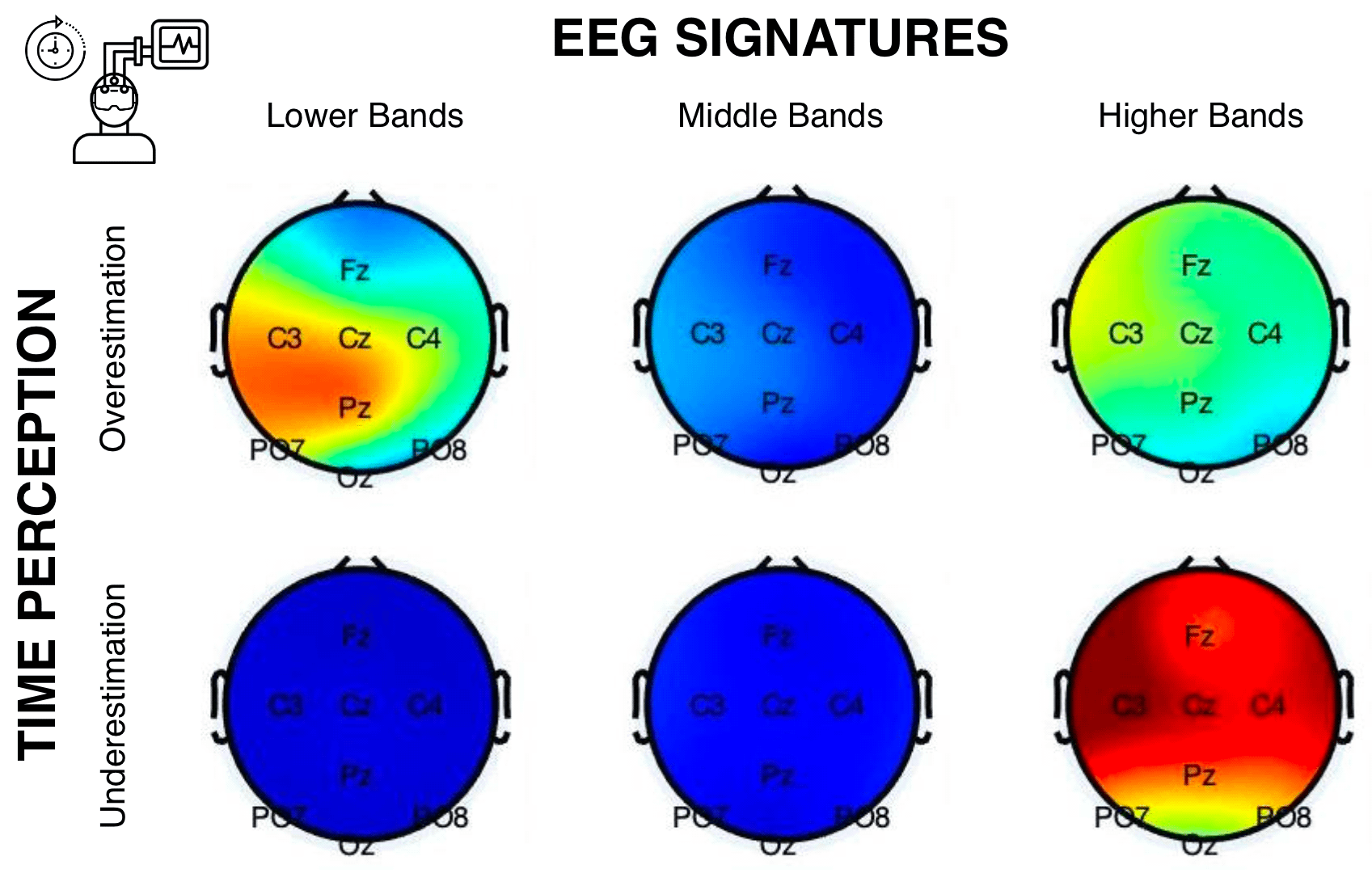
Modulating Human Subjective
Time Experience
Highlights
Brain Signatures of Time Perception in Virtual Reality

In the ChronoPilot project, monitoring and interpreting physiological data is key to understanding user states. In addition to exploring heart rate variability, skin conductance, or pupil dilation and how these biomarkers reflect changes in user states, we identified brain signatures of time perception in virtual reality in a dedicated EEG study. This enables the real-time detection and prediction of whether users underestimate or overestimate time, objectively measuring their time perception state.
Human-Swarm Interaction
In ChronoPilot, part of our research is centered around exploring the dynamics of human-swarm interactions and its impact on subjective time perception. Our current focus lies on a novel approach where a human leader is physically integrated into a swarm of robots, adopting a leader-follower dynamics. In this setup, the human acts as the leader, guiding a group of autonomous TurtleBot 4 robots. The video shows the initial steps toward a broader study designed aimed at understanding how various elements of interaction between humans and robots might influence the time perception of the human. This ongoing work promises to shed light on the complex interplay between human cognition and robot swarm behaviour.
Haptic Vest and Gauntlet
Haptic wearables can provide various effects in order to present information or enrich and even alter perception on a broad receptive area. However, previous vest designs generally incorporate only one haptic modality such as vibration. In Chronopilot, we designed and developped a multimodal haptic vest that can provide feedback in three haptic modalities: vibrotactile, punctual force and warmth. The incorporation of different haptic modalities on the vest allows the presentation of diverse perceptual effects that can be beneficial in altering human time perception.